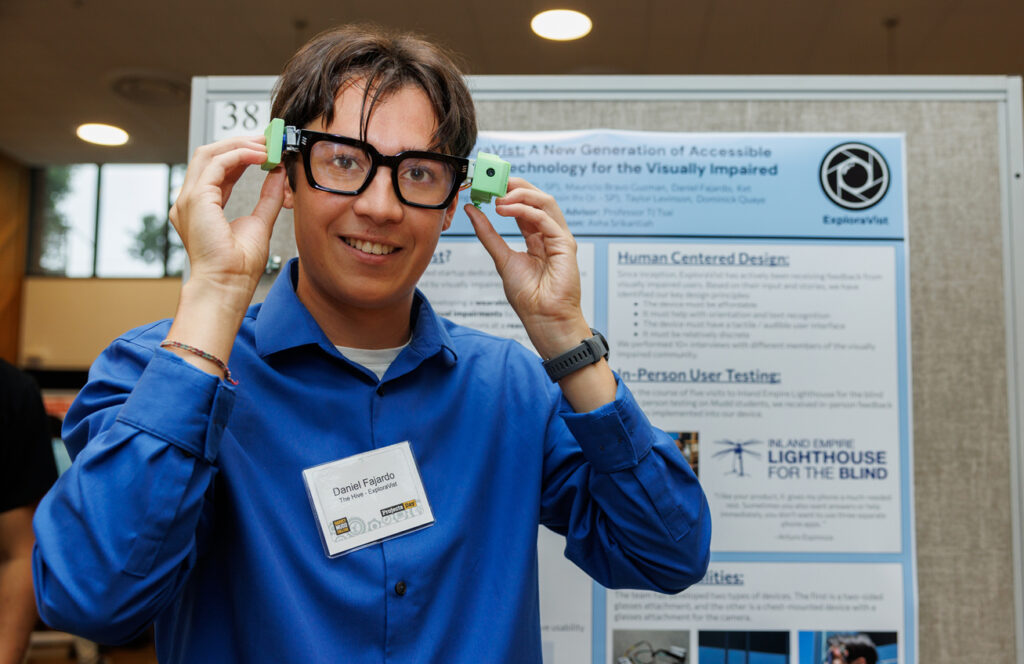Students Innovate Through Clinic
Selected 2024–2025 Clinic projects.
Via applications and working prototypes, Harvey Mudd Clinic teams provided solutions to technical problems for over 40 industrial clients. The projects ranged from designing solutions that promote renewable energy initiatives to improving manufacturing processes for life-saving medical equipment, one of several projects related to biomedicine, a field of study that is in high demand by students. Since 1963, Harvey Mudd students have tackled 1,989 projects for 613 clients.
Engineering
Optimizing a Safer, Large-Scale Synthesis of a Medicinally Relevant Amide
Indomo liaisons: Rick Bente’ 04, Cara Davis
Seniors: Nico Del Villar, Anthony Tran, Scarlett Bonner, Emily Burger.
Juniors: Kate Huefner, Wilson Zambrano, Caiya Coggshall, Daniel Kotkosky
Advisor: Sophia Bahena, assistant professor of engineering
Indomo is a clinical stage therapeutics company revolutionizing inflammatory acne treatment with the development of an at-home intradermal auto-injector. The device will provide a more accessible, cost-effective and time-efficient solution for patients seeking dermatological care. The Clinic team improved the existing injector model to incorporate a pre-filled glass syringe and provide better usability.
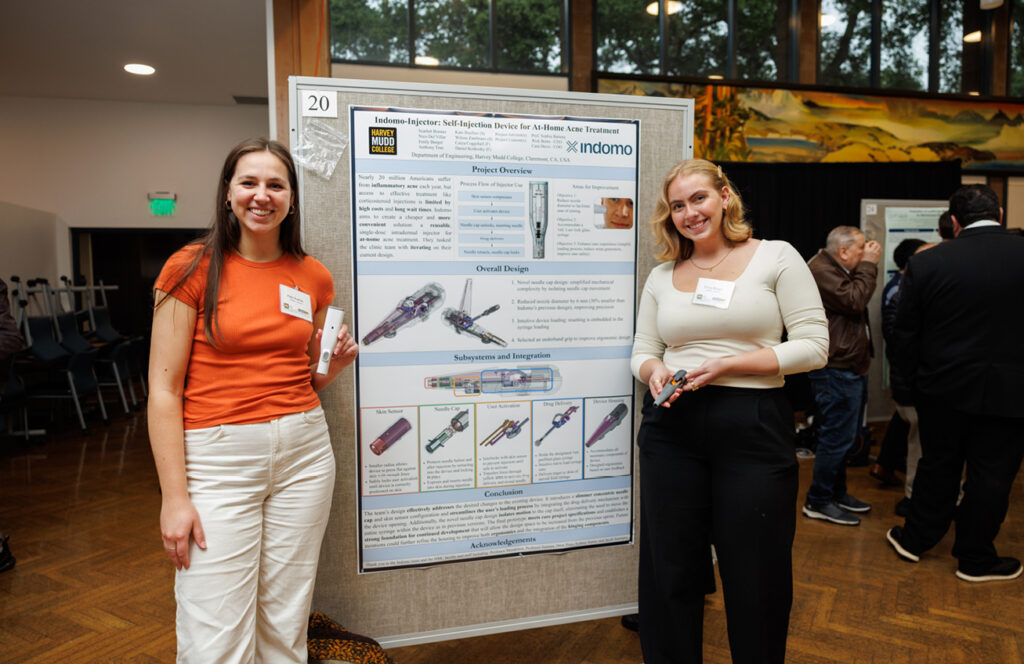
Computer Science/Mathematics
Characterizing Nocturnal Blood Pressure Changes
Ellison Medical Institute liaisons: Xingyao Chen ’20, Dr. Andrea Armani
Seniors: Shreya Balaji, Channing Christian, Luis Mendoza Ramirez (CMC). Juniors: Adam Sage, Lydia Stone
Advisor: Jamie Haddock, Iris and Howard Critchell Assistant Professor of Mathematics
Ellison Medical Institute is a research institute focused on innovative personalized healthcare treatment for cancer and cardiovascular disease. The Clinic team characterized the relationship between noctur nal blood pressure, sleep staging and cardiovascular disease risk by building a web application to aggregate blood pressure and sleep stage data from select wearable devices. Students performed predictive risk analysis on similar data from open-source datasets.
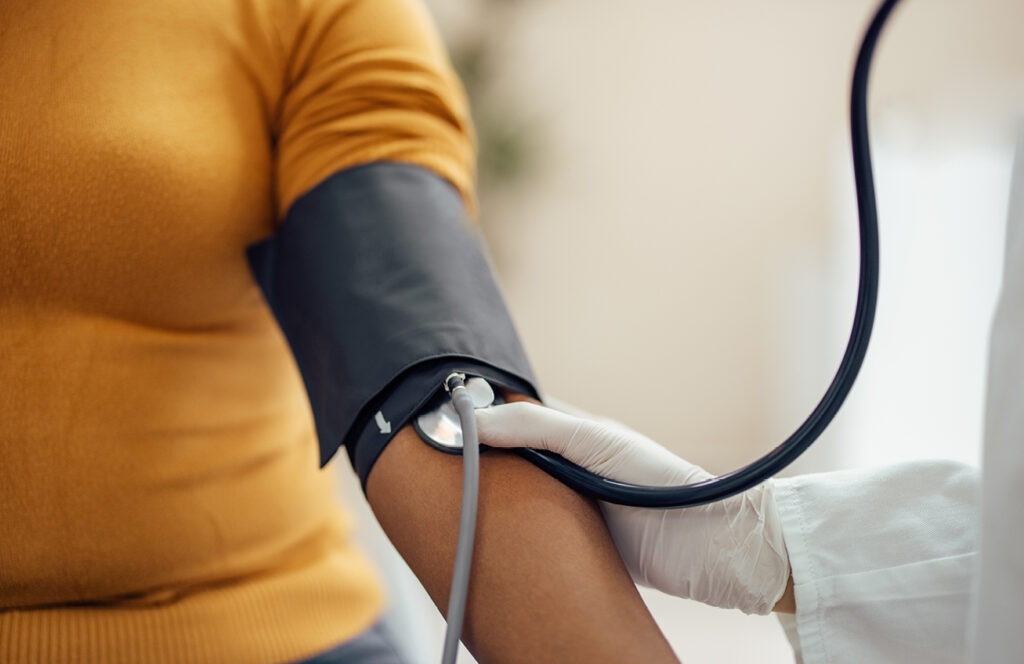
Engineering
Evaluation of Landfill Gas Wellfield Data for Maintenance Optimization
LS Power liaisons: Madeleine Wass, Harold Emond Jr., Kathy French ’97
Seniors: Avani Anne, Wava Chan, Kopchon Sittithammachoti, Sid Tchanyoum.
Juniors: Cristina Tzunun Palomo, Osa Omoregbe, Leran Hu
Advisor: David Nembhard, professor of engineering
LS Power is an energy company dedicated to creating lower-cost, cleaner solutions within the power and energy infrastructure sector. In collaboration with the Landfill Group, LS Power aims to use renewable natural gas sources by collecting methane gas generated in landfills, thus reducing the landfill’s atmospheric emissions. The LS Power Clinic team developed a methodology to more quickly identify problematic gas collection wells in need of attention by analyzing current and historical well metrics and ambient environmental data.
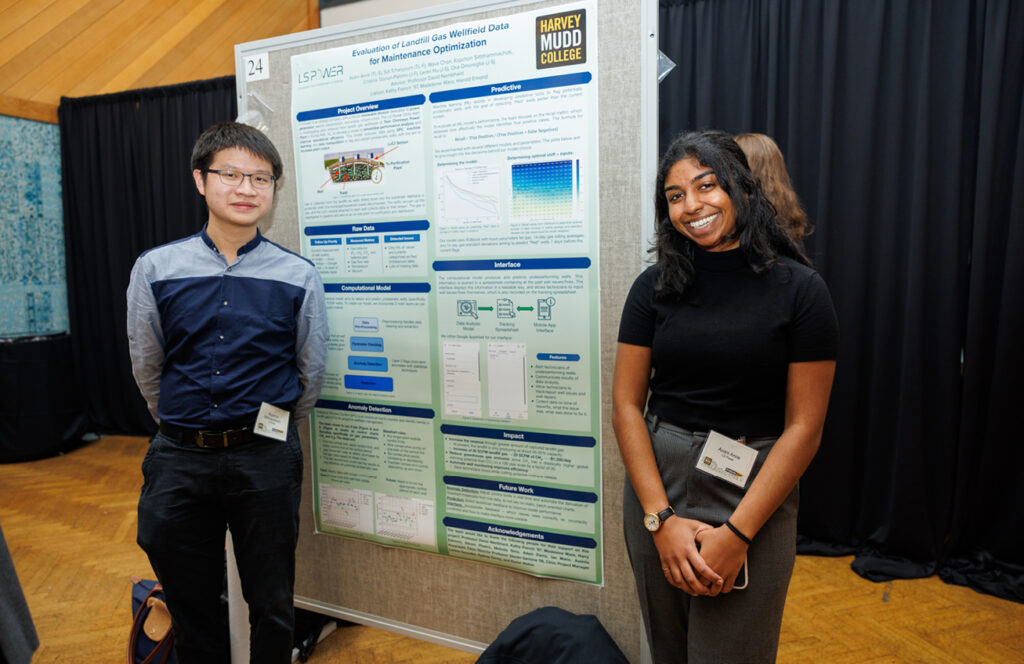
Engineering
Improving the Manufacturing of Continuous Glucose Monitors
Medtronic Diabetes liaisons: Matthew Chesler, Keyana Cason-Rose
Seniors: Hannah Dearman-So, Liza Gull, Claire Rafferty, Castor Service.
Juniors: Joseph Abdelmalek, Emily Barr, Jacob Fain, Betsy Wu
Advisor: Lori Bassman, Jude and Eileen Laspa Professor of Engineering
Medtronic is a global leader in medical technology, services and solutions. The Clinic team addressed an inconsistent step in the assembly process of one of Medtronic’s diabetes blood-glucose monitors. Two rings that seal the interface between the transmitter half and disposable sensor half of the monitor must be adequately lubricated to allow the user to easily change sensors. The existing lubrication process was inconsistent and time-consuming. The Clinic team designed an ergonomic system that quickly and consistently applied an adjustable amount of lubricant.

Computer Science/Mathematics
Aiding Detection of a Deadly Autoimmune Disease
Scleroderma.AI liaisons: Amyn Rajan P’27, Thomas Winkler, Jerry Wu
Seniors: Emily Auyon, Skandda Chandrasekar, Jade Kessinger, Norah Pack, Trinity Zhang
Advisor: Erin Talvitie, associate professor of computer science
Scleroderma.AI is a not-for-profit startup aiming to provide a solution that aids in the early detection of scleroderma, an autoimmune disease that causes inflammation and thickening of the skin and body. The startup seeks to build a computer vision model to better the outcomes of patients with scleroderma by expediting diagnosis and treatment. The Clinic team researched, trained and tested models to improve detection accuracy. Their prototype web application integrates different detection models to demonstrate the a tool to aid clinicians or patients in detecting symptoms of scleroderma.
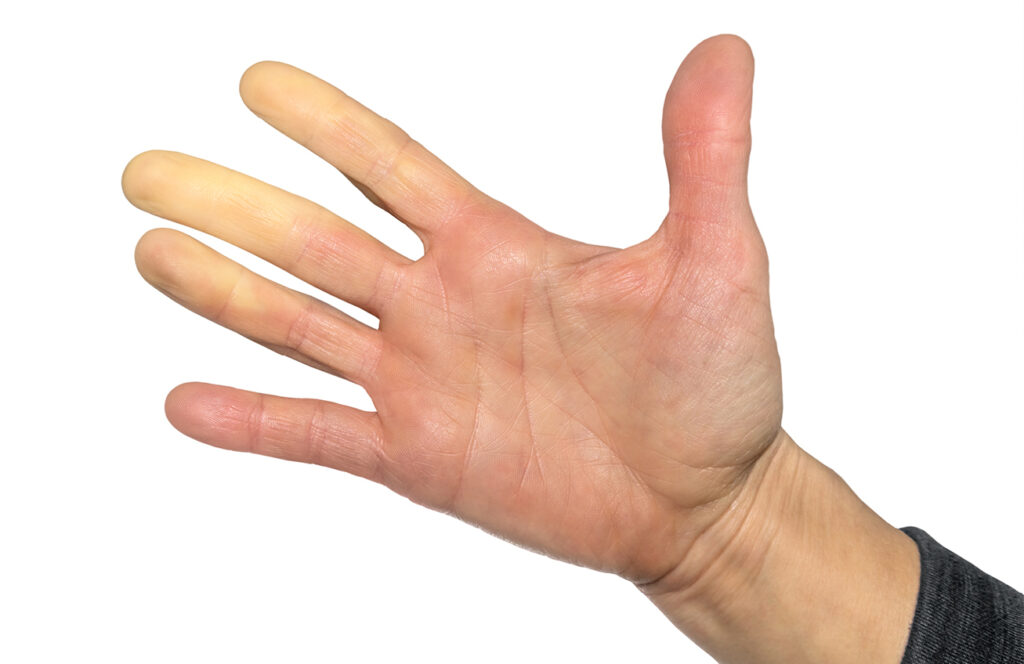
Engineering
Chaotic Diffusion of Orbital Frequencies in the Solar System
The Hive—The Rick and Susan Sontag Center for Collaborative Creativity liaisons: Asha Srikantiah, Fred Leichter
Seniors: Katie Baakkonen, Mauricio Bravo Guzman, Daniel Fajardo, Ket Hollingsworth, Taylor Levinson, Dominick Quaye.
Junior: Massin Ihs
Advisor: TJ Tsai, associate professor of engineering
The ExploraVist Clinic team developed a wearable device that will empower the visually impaired at an affordable price point. The device will improve accessibility by enabling users to read text, understand their surroundings and store personal notes while fostering independence and curiosity in the users’ daily lives. Students performed ex tensive user testing to ensure that the product is aligned with human- centered design principles.
